A movie to entertain you. Yeah. Ukraine. China. Biden. Etc. Etc.
Take a break today.
The Characters:
- Parsifal – Granted, this is a strange moniker to give to the film’s main character, but he does kick tail. He also gets stabbed a lot. He probably carries a tube of Neosporin in his jeans.
- Giara – She is blonde, attractive, and eats rats (this is unusual for blondes). Parsifal falls in love with her at first site. Stabbed in the gut with a piece of scrap iron.
- Bronx – The aptly named expert on New York City. He has a claw for a hand, but that does not help when he is shot in the head.
- Ratchet – Truly intimidating with his large size, inhuman strength, and eye patch. Gets his cybernetic head crushed by Parsifal.
- Shorty – A midget, what else? Commits seppuku.
- Big Ape – In the spirit of “names that make sense,” this guy is tall, strong, and has abundant facial hair. Microwaved.
- The President – Of the Pan-American Confederacy, that is. Dying of cancer.
- The Homeless Prophet’s Brother – Witty, “They baked the Big Apple.” and a talented musician.
- The Last Fertile Woman on Earth – Let us just call her “Eve.”
- Ms. Ania – One of the Eurac officers, even though she acts severely demented.
- Bald Eurac Leader – This poor guy was having a bad week. First Bronx claws his eyes out. Then, after a lengthy and painful looking restoration process to restore his sight, Ms. Ania shoots him in the center of the back.
The Plot:
The year is, if you have not guessed, 2019. The Eurac alliance (Europe, Asia, and Africa) nuked America and now control the mass of rubble that was New York City. They use the remaining inhabitants as subjects for inhumane experiments. The problem is sterility; not one fertile female is known to exist anywhere in the world. Apparently, some of us guys still have swimmers aplenty, but the radiation made the gals barren.
The Euracs also devote considerable effort to eliminating the contaminated squatters who still run free in the city. The movie opens with one such scene. A mass of men, armed with post-apocalyptic weapons (flamethrowers, spiked maces, etc.) face off opposite a detail of Eurac cavalry. I was expecting them to fight, but both groups begin attacking unbroken windows. The unmounted skirmishers are apparently mercenaries, assisting with enforcing city ordinances. The ordinances are: turn yourself in for dissection or else we will kill you. Yes, I know, that sounds like just one ordinance. The “or else we will kill you” part applies multiple times. No, Rudolph Giuliani is not still the mayor of New York in this movie. Why would you think that?
Pause the events in New York, because the hero is in Nevada. Parsifal was once the best operative in the Pan-American Confederacy. Now he participates in a savage race that involves armored vehicle combat. The cars are festooned with spikes and a small cannon, that looks like a sailing warship’s swivel gun, is attached to the roof. I have no idea how the firing mechanism works, let alone reloading. Anyway, the protagonist manages to defeat the other car and claims his prize. In addition to winning more tokens that pay for killing another person (neat idea, I could use a few of those), he wins a female slave. This “woman” worries me. As in I could see her looking into a mirror and saying, “I’d f**k me.” in that heavy voice of hers. You will be more than relieved to hear that, after providing the slave with a convenient horse for transportation, Parsifal lets “her” go. Then two Confederate soldiers stun the benevolent killer; they take him back to their headquarters in Alaska.
I am being obtuse about the “female” slave used as a prize. The movie openly calls “her” a hermaphrodite. I wonder if you could trade two of them for a real woman.
In order to survive, the human race must reproduce. What is left of the American government wants the future to be filled with patriotic little boys and girls, not Eurac bastards. The President ordered Parsifal’s capture for one reason: a fertile woman has been located in New York and the champion of the Nevada Race is the only person who can get her out. The intent is to place her aboard a waiting spaceship with a crew of carefully selected men, then harvest her eggs as they mature and use in vitro fertilization to make the babies. The goal is for Eve to produce five hundred mature eggs. Methinks that the little lady will be getting a few injections…
The spaceship is going to Alpha Centauri. I guess that the proposed star system is a romantic location. Not that the plan provides for much romance, unless Eve gets hot at the notion of twenty dudes spanking their monkeys to make special sauce for the test tubes. Of course, doing it the old fashioned way would result in fewer babies and her developing calluses in awkward places.
Joining Parsifal for the mission are Ratchet and Bronx. The trio gain entry into the city with little trouble, but quickly run into a gang. The hoodlums are no match for the three operatives. Especially not after Ratchet deploys his secret weapon. He has these metal balls on a wire. The cyborg (note: we are not supposed to know that he is artificial yet) swings the weighted spheres in an arc before striking opponents in the head. Sounds painful to me. It looks painful when one hoodlum gets hit. In the end, the gang is defeated.
Something that you may notice about this film is that the writer hated rats. Ratchet squeezes one rodent before chucking it, then the trio encounters the rat hunters. A crazed-looking Asian man leads a pack of mangy (one of them is Giara, she is decidedly not mangy) people down a corridor. The Asian guy totally flips out and starts flagellating rats with his whip! Plus, the other hunters use sticks that look like frog gigs to impale the rats. Just when you think this scene has to slow down, the rat-hating mob flushes a midget out of the rubble. They are about to murder the unfortunate little guy when Parsifal intervenes. Unfortunately, there are too many bad guys. The feral tribe takes the companions prisoner.
Uh, there was not a “No animals were harmed in the filming of this picture.” disclaimer at the end. Not that I really care about the rodents, but I like seeing the PETAphiles get riled up.
The rat hunt is more than just a search for subsistence; it is a ritual. Whoever bags the most rodents gets to have sex with whoever they want. This is why it really, really sucks to be Giara, because guess who probably gets picked all the time. Parsifal watches as the woman is dragged into a side room for some post rat-mashing nookie. Lucky for her that the Euracs pick that moment to attack. The rat hunting tribe is either killed or captured, along with Parsifal and Bronx (Ratchet breaks his chains and escapes). The crazy Asian guy bites it hard. A mercenary smashes his skull with a crude weapon that is either a sharp mace or a blunt hatchet, your choice.
Ms. Ania and the Eurac commander know something is up with Parsifal and his buddy. The two men are in good physical condition, along with being free of weeping sores. The Euracs correctly deduce that the pair are Confederate agents. Quick thinking on the part of Parsifal deflects the interrogation. He tells Ania that they are searching for the last fertile woman on Earth, but he also misleads her by saying that Giara is that woman. The terse Eurac commander fares worse while interrogating Bronx, because the prisoner uses his metal claw to gouge the officer’s eyes out. (I wonder why they did not put a big rubber band on the claw. We do that to lobsters.)
The commander’s maiming is not permanent. Later we see the eye replacement surgery. Strangely, the Eurac doctors cover the patient’s head with crushed ice. Did somebody check the manual? Do they have that backwards? I need to know.
With the help of Ratchet and Shorty, Parsifal and Giara escape from the prison. The group crawls through tunnels until they reach a cave under the old United Nations building. A colony of midgets uses the cave as their secret hideout! Hahahaha! Man, I just…whew, that really satisfied some deep emotional need that I did not even know I had. Too bad for the midgets that the Euracs are relentless in their pursuit. The bad guys also carry along a device that projects harmful sound waves through the tunnels. Only the main characters, and Shorty counts as one, escape. All of the midgets die gruesomely from the gadget’s sonic emanations.
Following their escape, the Confederates finally meet Big Ape and his troupe of gaudily costumed monkey men. It does not take them long to finally locate Eve. She was placed in suspended animation by her father, a great scientist. Shorty leads Parsifal to the refuge, where they find the father dead of old age and the comatose daughter enclosed in a glass display case like some sort of Disney fetish gone horribly wrong. Also present is a station wagon. The vehicle is present to transport the girl, container and all, out of the city. One little problem: the Lincoln Tunnel is the only way out of New York and it is heavily defended by Eurac troops. Only by armoring the station wagon will they have any chance of making it through alive.
Big Ape and Giara are left behind to guard the girl, while Parsifal, Ratchet, and Shorty sneak into a junkyard to find some armor plating. The midget proves himself a hero when he leads a Eurac patrol away from his friends. The award is posthumous – Shorty is killed by the towering oppressors. Parsifal and Ratchet do not die, but are consigned to dragging steel plate a few miles. On the other hand, Big Ape has a much better afternoon. He is fertile. He wants children. He knocks Giara unconscious and opens Eve’s display case. The next time we see Big Ape he has a smug look on his face.
Okay, whoever wrote this script had some serious relationship problems.
The armored station wagon proves well-suited to the task of breaking through the Eurac checkpoints. Using his superb driving skills, Parsifal avoids two minefields that were planted to deny the tunnel as an escape route. “Minefields” is a little misleading. What emerge from the ground are large, blinking caltrops. The contraptions are tipped with razor-sharp spikes and light up like glow sticks. Anyway, they get past those, survive a hail of fire from a laser cannon at the last checkpoint, and burst clear of the tunnel. Then a bunch of red beams hit the car, turning Big Ape into a pile of steaming bones. Oddly, though he was directly on top of Eve’s Tupperware bed, she is unharmed. The glass case does not even show signs of condensation on the inside! Oh, sure, I try to heat up sloppy joe mix and get a royal mess, but sleeping (and fertile) beauty’s molecules refuse to be agitated.
Still remaining is for Parsifal and Ratchet to have a reckoning, apparently on account of the hero guessing that the brute is really a cyborg. At the end of the fight there is an indescribable scene with Giara, fatally wounded, spouting gibberish about love to a grieving Parsifal. The entire speech comes out of left field; no idea what to make of it. Maybe somebody accidentally shuffled in a page from the script for “Terms of Endearment.”
I really enjoyed this film. The plot is complete lunacy, most of the characters are poorly developed, and the lines are over the top, but it works! The pacing flies by at breakneck speed and you feel like you are being carried along with Parsifal. Everything happens so quickly that he cannot get to know his companions. All that he has time to do is evaluate their motivation and loyalties, then continue trying to stay one step ahead of the Euracs. Pretty much, “You are not working for the Euracs and do not want to kill me? Good to go, let’s get moving.” Assisting the audience in getting their bearings is the fact that the characters are all very simple. Nobody needs much development.
The models used to represent the ruined city are serviceable, as were the shots showing the American craft flying in and out of the Alaskan base. I did mistakenly believe that the base was located on the moon, until I watched the film a second time. Then I discovered the last bastion of freedom was in Alaska. The ruined city streets used for some of the scenes were also impressive. You have to wonder where they found so many derelict office buildings, long before the Dot-Com crash.
Things that I learned from this movie:
- A flamethrower is the ultimate eviction notice.
- Ring mail armor was made with gymnasts in mind.
- It is difficult to tell the difference between Alaska and Europa.
- Midgets are bad luck.
- American stun guns are much more effective than European models.
- Leftover cooking fat can be used to make field expedient hearing protection.
- Midgets never surrender.
- When Neil Armstrong landed on the moon, he could not stop thinking about sex.
Stuff to watch for:
- 14 mins – The fact that his dork was hydraulic, spun at 10,000 rpm, and shot brake fluid did not give you a clue?
- 21 mins – I think that dirt bikes or ATVs would have been more appropriate.
- 23 mins – Trains used this tunnel?
- 29 mins – What really sucks: that was a pot of boiling diarrhea.
- 41 mins – Somebody has been filming my dreams again.
- 63 mins – If Charlton Heston survived the bombs, he would probably not be a part of this group.
- 75 mins – “That way, if he decides to rape her, he has to kill you first.”
- 79 mins – Guess who got full this weekend?
- 93 mins – Nobody is strapped in! I mean, the g-forces they are going to experience could kill someone in poor health, but these people are all milling around without a care in the world.
Quotes:
- Parsifal: “The President sent us. He says there’s a woman around here who can make babies.”
- *Her*: “That thing back there was a cyborg, half man, half robot. I knew one once. I didn’t know what he was until I had made love with him.”

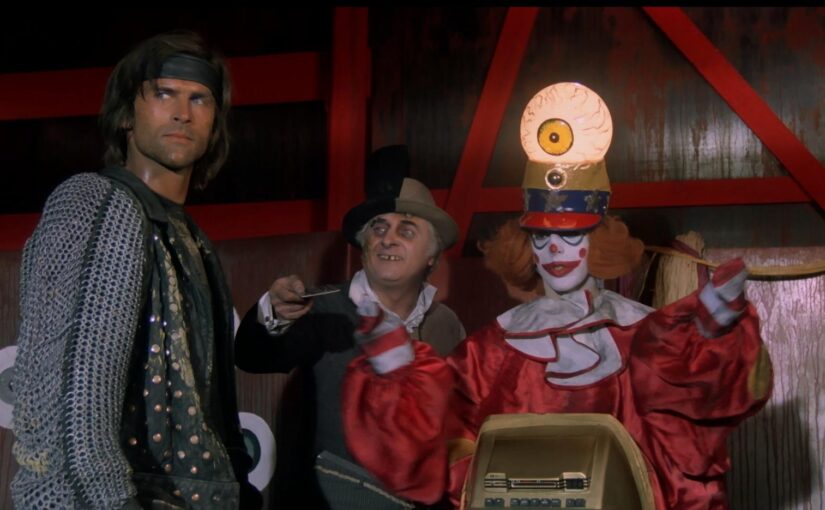
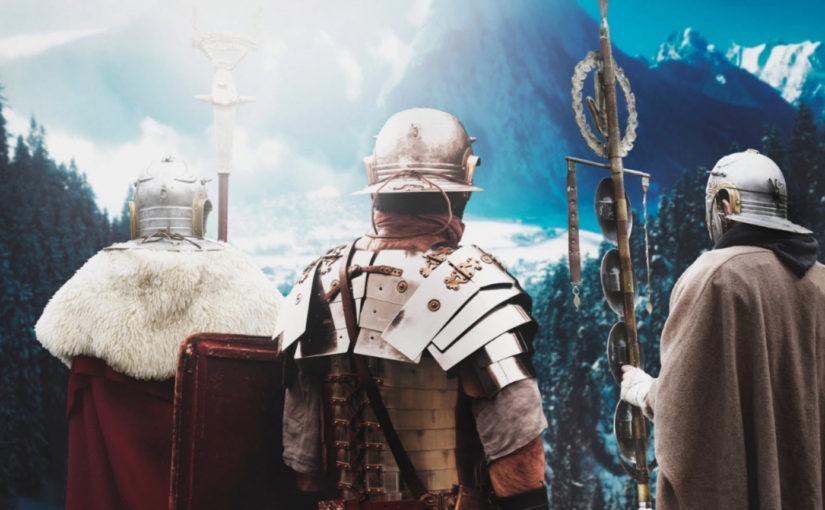
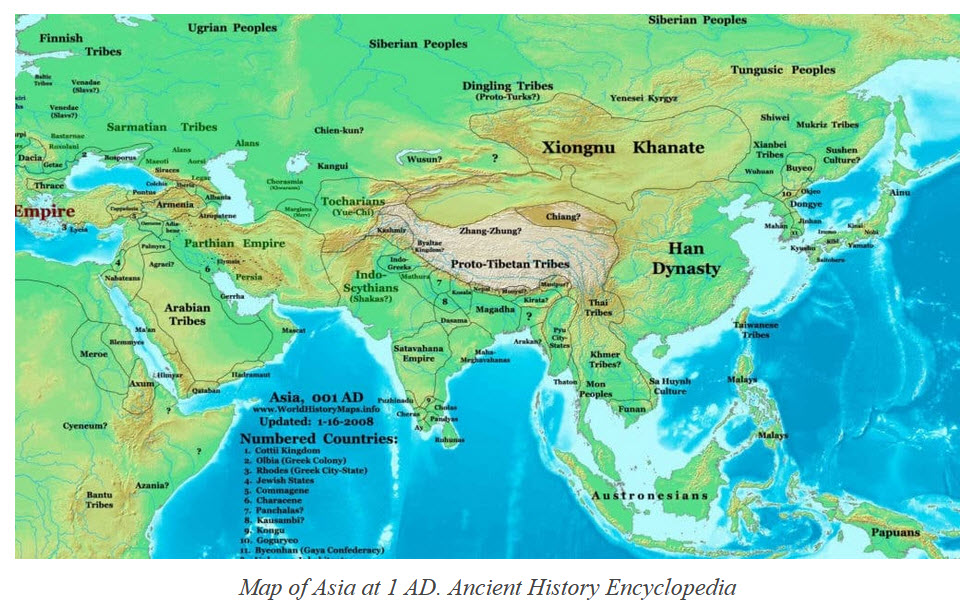
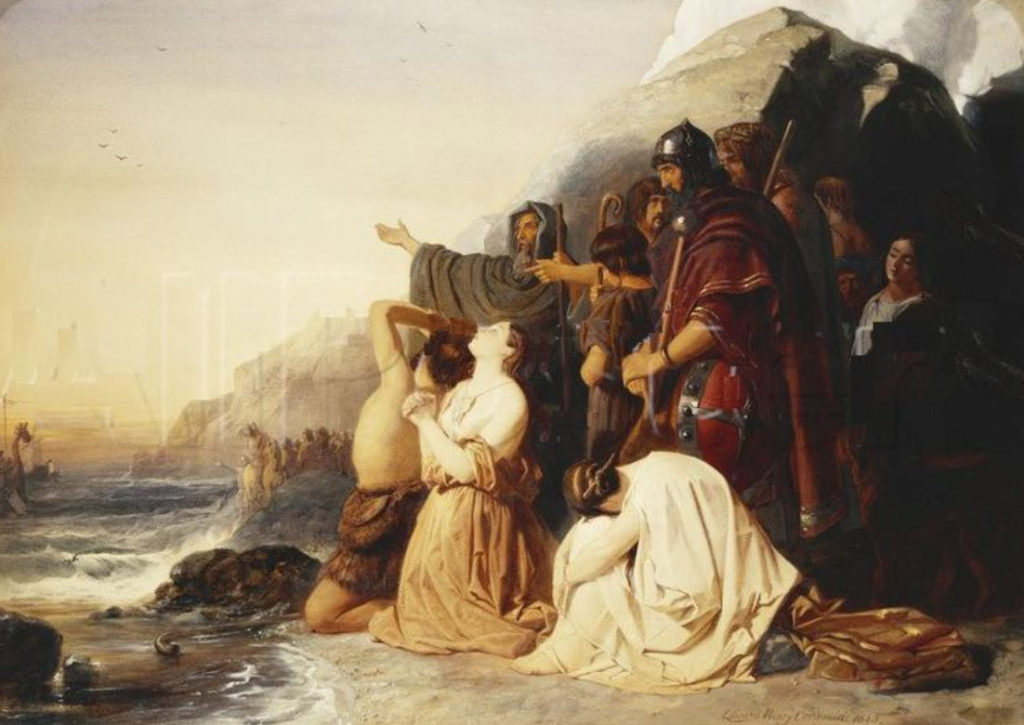

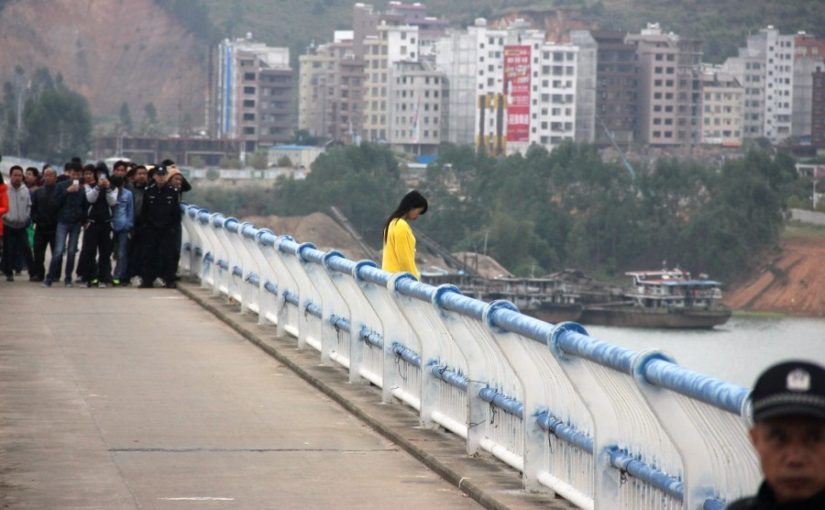


























































![What High School taught me about Diversity. Here we look at idea of "diversity" from the point of view of what it was like in my High School years. For my High School was fully and intentionally diverse. And at that time, there were two techniques of grouping people. These techniques were by [1] merit, and [2] by random association. Or in other words; "diversity". Thus we can compare diversity against merit as the criteria used in a selection process.](https://metallicman.com/wp-content/uploads/2019/11/1-23-1024x235.gif)










